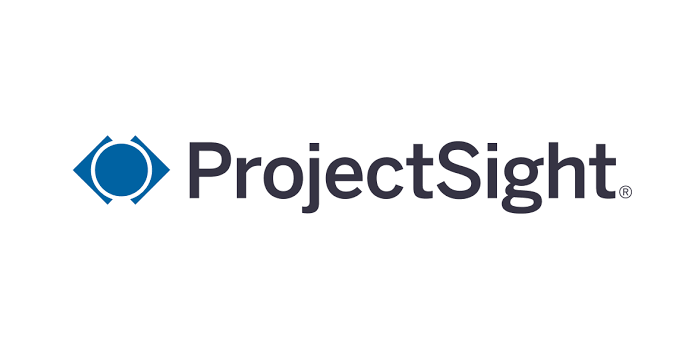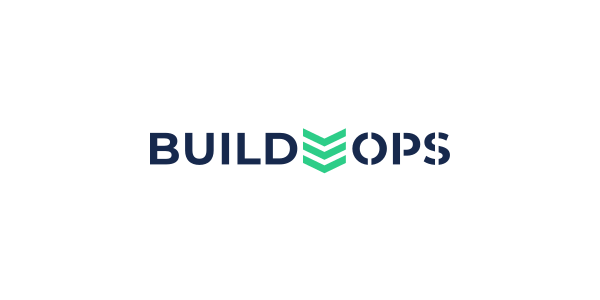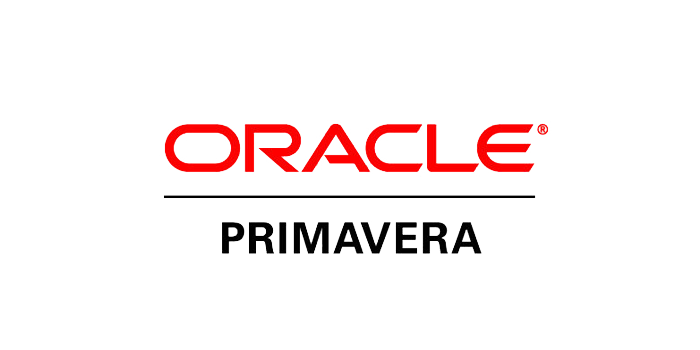
Article written by Chris Moor on ConstructionExec.com
The construction industry is ripe for improvement and brimming with potential. It’s also expected to be a 10 trillion-dollar industry by 2020. Today, construction constitutes 13% of the global gross domestic product, yet it’s well documented that productivity growth remains dramatically low. In reality, construction is emerging from old ways of thinking and challenges that span people, processes and technology.
The majority of project teams and trades continue to work in silos where data does not flow between stakeholders. Instead stakeholders are recreating work, wasting time and money, and eliminating the potential for the continuous improvement that comes with leveraging proven processes and historical project information. This creates unpredictability from project to project and unpleasant statistics for the industry, such as:
- 85% of projects are exceeding budget;
- 92% are behind schedule;
- 63% have quality deficiencies; and
- the average profit margin for an AEC firm is only around 4%.
Data and technology have the potential to drastically change the construction industry, yet technology investment in the industry is low. In a recent study, more than 50% of respondents said they still use paper forms and spreadsheets.
The majority of conversations about transformation in the construction industry are focused largely on building information modeling. While BIM is certainly part of the solution, it’s time to reframe the conversation and what BIM means. Construction stakeholders don’t care how fancy a BIM model is, they care about having projects completed on time, with few overruns and minimal mistakes. The focus should be on processes, data and more specifically, how constructible data is shared.
It’s time to take a purpose-driven approach to building construction with a constructible process that coordinates and optimizes the entire design, build and operate life cycle. A constructible process can ensure data from every stage of the design and construction phases is shared, combined and used to make more informed decisions before construction starts – and before it’s too late.
The technology and collaboration platforms that can drive this kind of process exist today to:
- share data-rich constructible models from anywhere;
- share status updates and ensure project teams and field workers have the information they need when they want it, instead of when other people think they need it; and
- access libraries of managed building content to speed design and develop comprehensive models rich with data so accurate users can estimate, procure, fabricate, plan, install and commission from it.
Everything needed to move the industry forward is already here – almost.
Even with the technology to drastically increase productivity, drive collaboration and make everyone’s jobs easier, the construction industry still lacks the level of progress it’s capable of achieving. Why? The challenge isn’t about technology or interoperability. It’s mindset. Until the industry is ready to embrace the transformation that is inevitable, see the massive potential for data to change the way construction works, collaborate and adopt new methods of operating, nothing will change.
A Constructible Process
Transforming the way construction works is no longer optional. It’s critical to stay competitive with those who have already adopted a constructible process and are streamlining workflows, sharing data and using it to make their work better over time, more efficient and smarter. This constructible process is driven by three C’s:
- Constructible data moves beyond BIM and visualization and puts BIM into production. Constructible models contain the data and accuracy needed to build, create predictable plans and drive downstream efficiencies in the field. Constructible models will enable more prefabrication, supply chain optimization and jobsite automation. However, the benefits don’t start and end with builders. All stakeholders can benefit from constructible data because it offers detailed insight into how each component is to be built and therefore, how they will interact with adjacent components. This opens up collaborative potential between those in the field and those in the office and empowers all project phases to better diagnose issues early before any physical production begins.
- Content-enabled data drives repeatable process and transforms the supply chain. Designers and engineers save time developing detailed and comprehensive models by incorporating digital content that mirrors real physical components and actual building products required by specialty trades on a project. That content can be either designed in-house, standard off the shelf building products or purchased through third-party suppliers.
- Constructible content includes more than just visual accuracy. Components can be further enriched with data to help define attributes of physical objects with actionable information such as weight, performance and installation detail. This leaves no room for interpretation. It ensures all team members are working from the same data and that the specified component was installed and simplifies the development of comprehensive models for each trade, so construction data is more useful in feeding downstream work processes.
- Connected construction ensures information is easily shared, understood and available throughout the project. Most contractors are aware of the dynamics that lead to disconnected workflows. It’s natural for construction phases to remain insular, but it’s important to break down communication barriers and encourage enhanced project collaboration. Being connected is the greatest defense against the prevailing inefficiencies that stem from data silos.
Enhanced coordination allows everyone on a project to see the progress of work being done at any given moment, and visibility into the work that will come next. Status and progress tracking by using a shared ‘model’ or dataset is incredibly valuable for the entire project team. For example, it allows multiple stakeholders to collaborate within and review models to avoid clashes. Engineers can quickly update models as team members are reviewing, and each project stakeholder is able to see the updated models in real time. Taken a step further, constructible models now directly drive the digital fabrication process. With sophisticated machine control and robotics in the field, models developed by engineers are now directing the earthwork and layout in the field.
Connected construction ensures the wealth of knowledge is easily accessible by those who need it and can be done though a shared database that is accessible to all team members. It also gives the potential to learn and improve based on experience and leveraging proven processes.
By integrating every phase, person and process involved in a building project — from the architect’s initial concept to the final punchlist, projects benefit from enhanced utilization of project data. With a constructible process, gains include:
- data so accurate that contractors can estimate, procure, fabricate, plan, install and commission from it;
- accurate quantities, down to the bill of materials;
- the ability to re-use data and content to drive intelligence and optimization;
- predictable plans: scope, schedule and budget; and
- real-time collaboration through open data.
The construction industry is big, but is also extremely inefficient and because of these two facts, represents an incredible opportunity for transformation. The industry simply cannot carry on using decades old processes, methods, contracts and technologies and expect to improve productivity and control costs.
There are pockets of improvement in different subsets of the industry with some shining examples of progress. There are countless posts on social media, many lively discussions, conferences, white papers and opinions. But making the change will require courage, determination, top-down agreement and action.
Of course, knowing how and where to start is not always straightforward or even understood, but the challenge to the industry is to begin sharing data more freely. Adopt an open sharing platform, be more open with work and see how it improves communication across the project teams. Then, watch as project partners also start to collaborate more. The best projects are achieved by teams who communicate often and share information regularly. Contractors have access to amazing technology that can help collaborate more freely today than ever before. Take the first step and watch where it takes the company.













